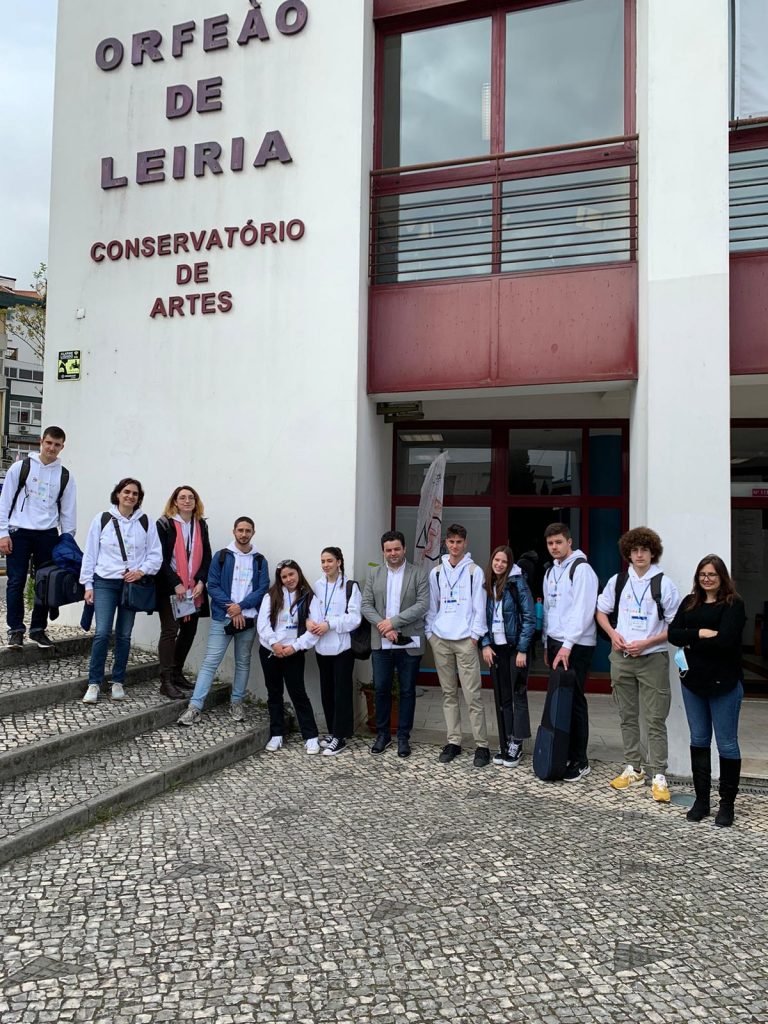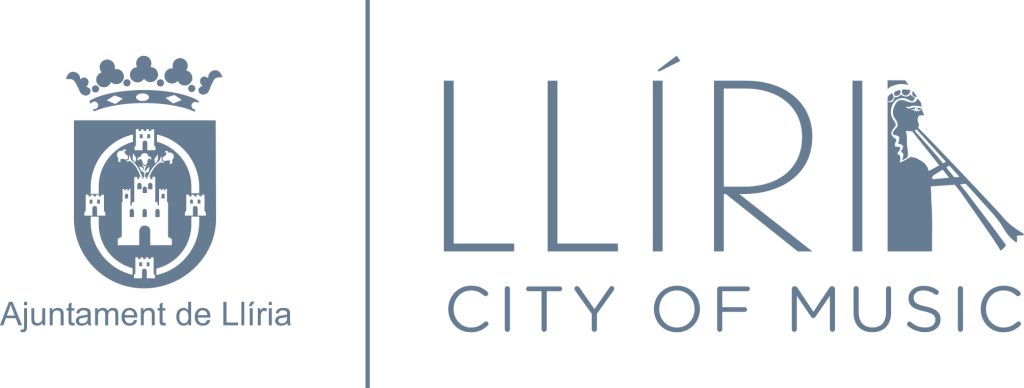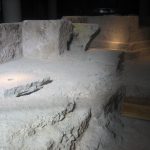A GROUP FROM THE CENTER HAS RETURNED FROM ITS TRAINING AND COOPERATION ACTIVITY IN THE PORTUGUESE CITIES OF PORTO AND LEIRIA

The Professional Conservatory of Music of Llíria has successfully completed the first Erasmus Plus exchange experience that the center has organized through the Department of Artistic Education of the Edetan City Council.
As explained by the Councilor for the Area, Paco García, “a group of 8 students and 3 teachers has been in charge of carrying out this training mission in Portuguese lands, specifically in the city of Porto, at the Higher School of Music and Arts of the Spectacle (ESMAE) and at the Casa Da Música, as well as in the town of Leiria, also a UNESCO Creative City of Music, where they have shared experiences with students and teachers from l’Orfeão”.
For about two weeks, the participants from the center of the capital of Camp de Túria have been able to carry out various cultural, educational, social and tourist activities, sharing a lectern and stage with the students of the Leiria Conservatory.
The director of the Llíria Conservatory, Amparo Esteve, stated that “we are very grateful for the welcome received by the entire Orfeão Leiria team, as it has been a very important part of this first mobility exceeding our expectations both at a training and human, which drives us and motivates us even more to continue working on new projects that allow us to give more internationalization opportunities to the students of our center”.
Last year, the European Union granted the ‘Erasmus Plus Center’ accreditation to the Llíria Professional Conservatory of Music, which offers its students the possibility of applying for mobility scholarships and receiving training in other European centers of musical education, which contributes to enriching their musical and personal education.











